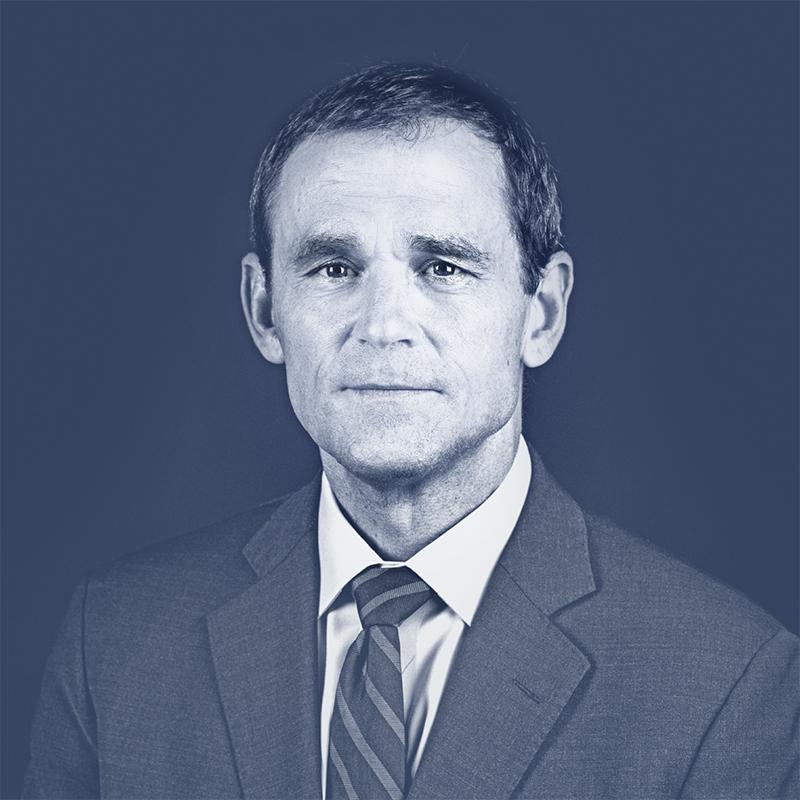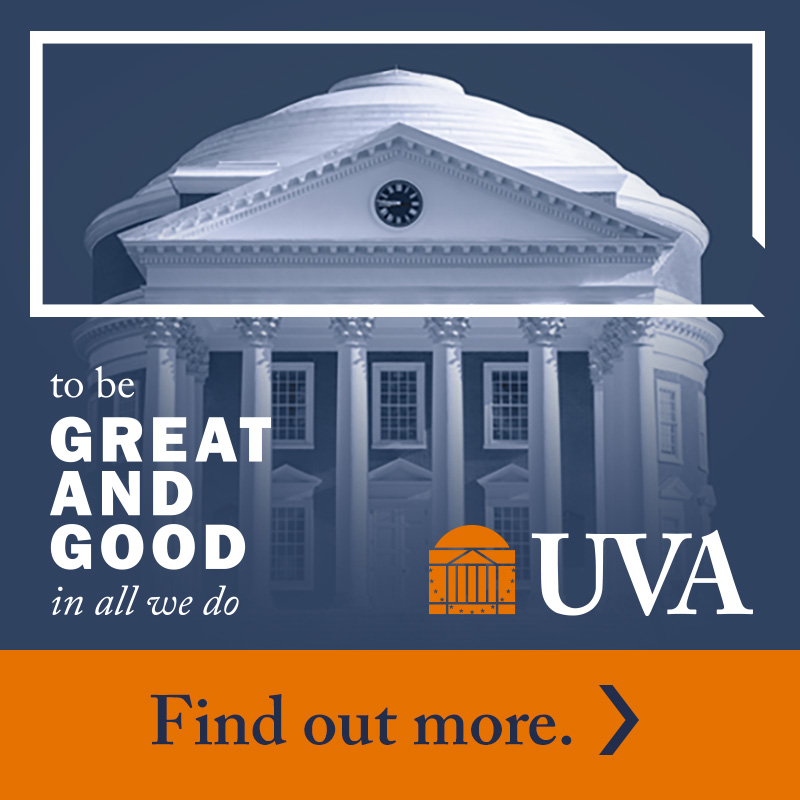Q. You’ve noted that we continued to make progress even during the pandemic, which posed enormous challenges. What lessons did you learn about managing the unexpected alongside longer-term planning?
A. What’s great about a strategic plan – especially one that reflects community input and priorities, as ours does – is that it can serve as a North Star when unanticipated challenges arise, or as circumstances change over time. Our vision and goals remain the same, but new opportunities can arise that weren’t originally in the plan, and we may even discover that some of our initial ideas, which were meant to be tested and modified if necessary, just won’t work.
And I think you also have to keep your eyes open for opportunities. To cite one example, we have been in conversation with the governor’s office and legislators, as well as private philanthropists, about the construction and programming for a new Institute for Biotechnology, which would be a state-of-the-art and first-of-its-kind translational research program in the commonwealth designed to accelerate discoveries and translate them from the research laboratory to clinical care – so that patients have access to the most promising treatments available. This specific institute wasn’t articulated in the original strategic plan, per se, but it clearly aligns with one of the five major interdisciplinary research investment areas in the plan – precision medicine – so it’s an opportunity we have been actively pursuing.
Scientific discovery can also present new avenues for growth. For example, our Grand Challenges investments in the brain and neuroscience and in environmental resilience and sustainability include new interdisciplinary faculty, support for postdoctoral students and practitioners, funding for projects currently underway or just getting started, and data analytics. It’s exciting to think about what new avenues those investments may open – but hard to predict.
It’s fitting that our
aspiration
is to be the very
best public
university
in the country, and to
be a university that is
both great
and good.
Jim Ryan
President
Q. The Emmet-Ivy corridor is an excellent visual marker for progress. You can see the work as it happens. What are some parts of the plan being executed that aren’t as obvious, but are just as important?
A. Emmet-Ivy is incredibly exciting for a number of reasons, even beyond the idea that the corridor will physically bridge Central and North Grounds and the Athletics Precinct. It will be the home of the new Karsh Institute of Democracy, which will synthesize our existing efforts to study and strengthen democracies around the world, and which will make UVA a hub of this work. It will house a new performing arts center, drawing talent from around the world to the Charlottesville-Albemarle region, and enriching the arts landscape for all of us on Grounds.
We’ve already broken ground on the School of Data Science, which will extend far beyond the walls of its physical home there – schools across the University will work with data scientists to realize the promise of data to improve society. And to make sure that Emmet-Ivy becomes a welcoming destination for visitors, we are building a state-of-the-art hotel and conference center along the Ivy Road entrance corridor. In addition to a restaurant, café, and a visitors’ center, the ground floor will become a spacious “living room,” intended to be a place for people to gather, meet, or study.
But there are other markers of progress that are just as important, even if they feel a little more abstract. I think at the top of that list is our progress toward our Honor the Future campaign, which has been quite successful and has raised more than $4 billion for top priorities, including more than $1 billion for scholarships and faculty chairs, a key component of the strategic plan. UVA Health has launched new partnerships and opened a new orthopedics center. We’ve expanded educational opportunities, both in person and online, for working adults in the commonwealth and beyond through programs like UVA Edge and our expansion into Northern Virginia with the UVA NOVA campus. We’ve invested in our staff, creating new awards like Hoos Building Bridges, and looking at the future of work. And we’ve assisted UVA Wise with a major new strategic planning effort.
Q. The Great and Good Plan aims to tackle complex issues, not the least of which is UVA’s relationship and partnership with the Charlottesville community. What have you learned about this part of the work during the first few years?
A. This has honestly been some of my favorite work. It’s been quite meaningful to me to engage with our community as true partners in service to a common goal – to make our community as strong and equitable as possible. The pandemic reminded us that Charlottesville and Albemarle are not separate from UVA – our futures and fortunes are intertwined – and we are fortunate to have wonderful community leaders willing to give their time and expertise to this goal.
I’m looking forward to more great work from the President’s Council on UVA-Community Partnerships, which met throughout the pandemic. We opened the Center for Community Partnerships in downtown Charlottesville during November of 2020, and have seen progress accelerate since then, including on affordable housing and creating more employment opportunities for residents of Charlottesville. We’ll be working on education initiatives and public health in the months ahead, as working groups deliver their final reports and recommendations.







